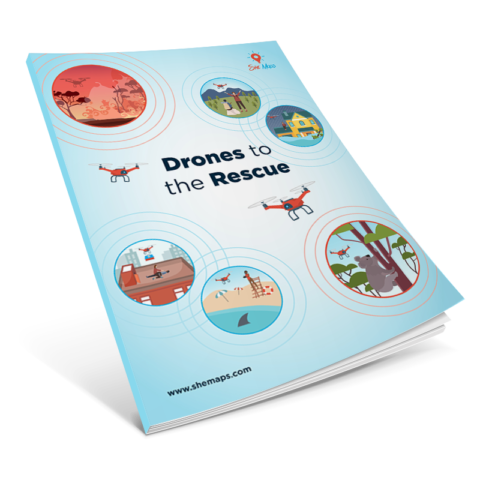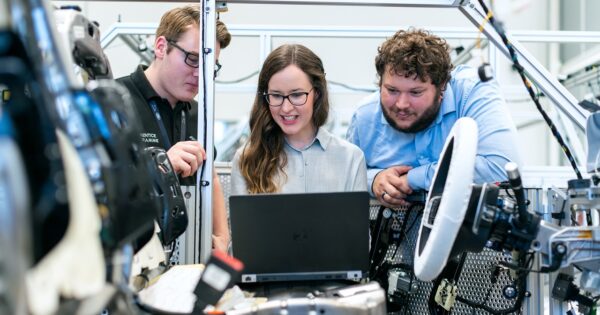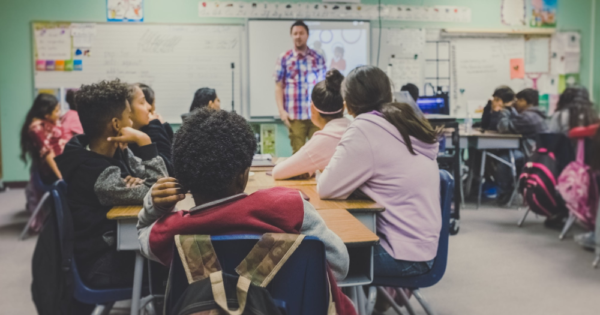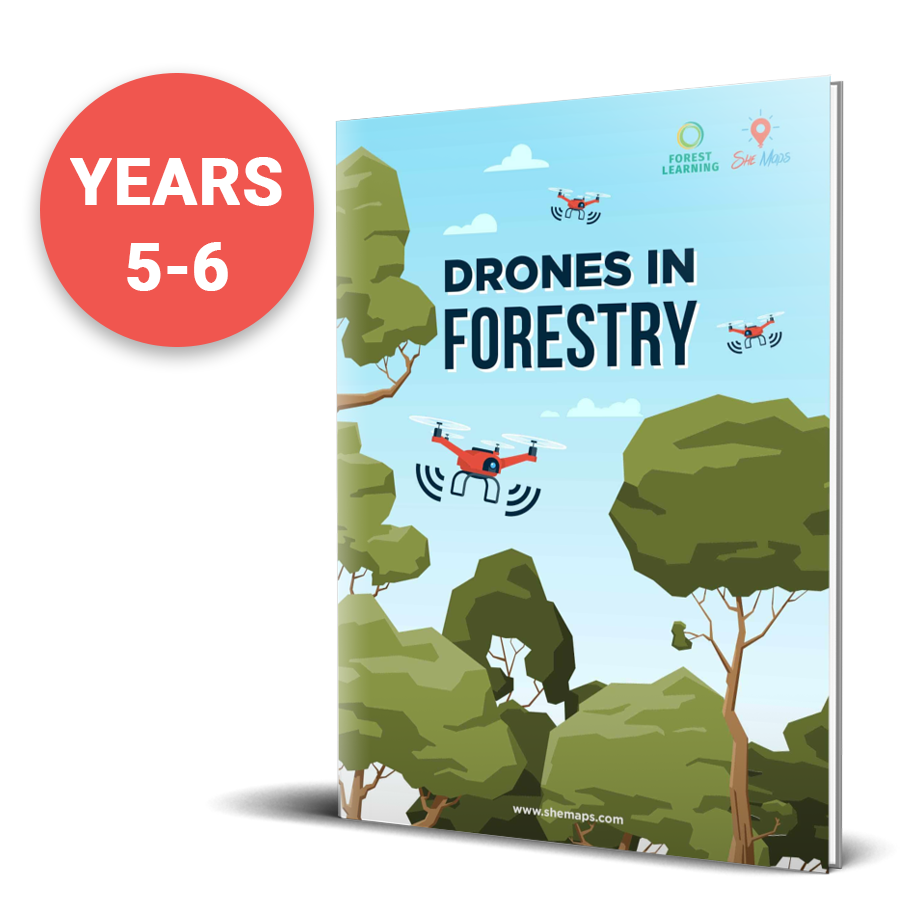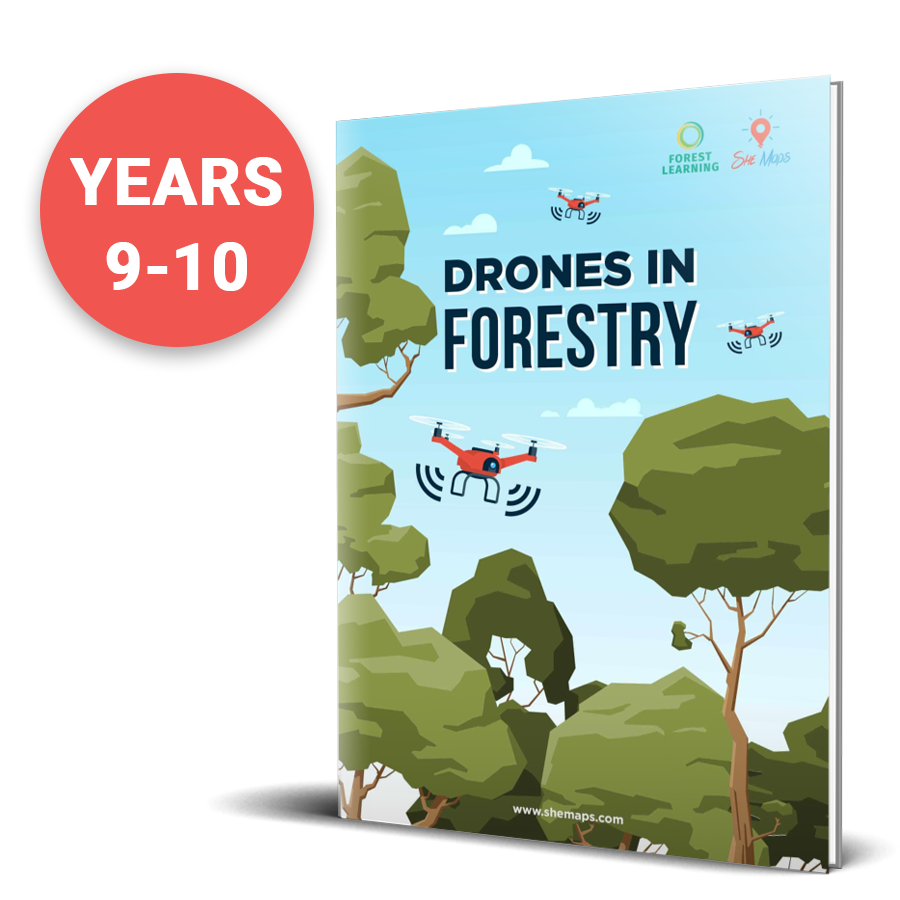Dean West grew up in Darwin enjoying the outdoor lifestyle as a kid, so it seemed to him a natural progression to join the Army the day after he left school. He is now a senior drone pilot for Disaster Relief Australia, in their National Aerial Damage Assessment Team.
We recently sat down with Dean to discuss his transition from infantry soldier to drone pilot, and how flying drones has taken him around Australia and the world, as one of the first emergency responders on the ground after natural disasters.
Watch the interview with Dean
Drones and Disaster Relief Australia
Like many military veterans, Dean faced mental health issues after being involved in some traumatic situations while on deployment. These mental health issues went undiagnosed, and his sense of purpose, after leaving the military, was lost. Whilst dealing with his battle with this hidden disease, he was drawn into humanitarian work, where his unique skillset from the military was suited. It was here that Dean found his passion again as he travelled from disaster affect regions to war-torn countries helping people.
It was in 2016 that Dean saw a social media post about Rubicon (now called Disaster Relief Australia), asking for ex-military volunteers to support emergency response work in Australia and overseas – a purpose Dean was drawn to.
Disaster Relief Australia (DRA) takes the unique skills of ex-military personnel and puts them to good use in times of overwhelming need from desperate communities. Whether it be assisting with communities affected by bushfires, floods, cyclones, or our near neighbours with tsunamis and hurricanes, DRA is on standby to mobilise their teams to help.
During these disasters, the emergency services in the communities are the first responders, but then they need help to sustain their efforts in responding and in the first phase of cleaning up. DRA has a willing and capable group of volunteers armed with skills, equipment, and broad shoulders to carry the emotions of these communities. They form a growing network of skilled professionals responding to the increasing natural disasters our world is facing.
Dean and his team use drones to carry out an array of tasks!
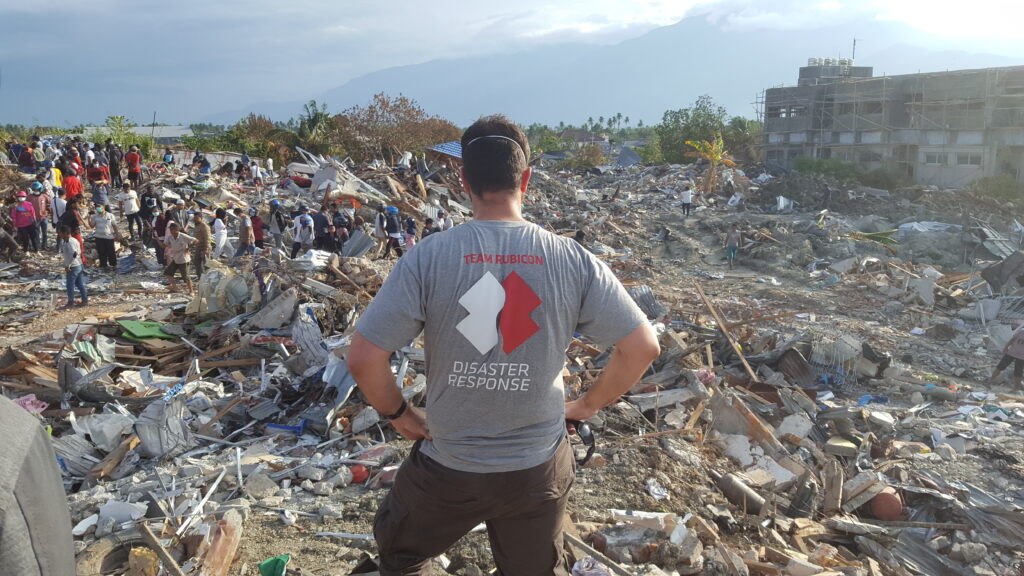
Using drones to support disaster relief operations
In natural disasters, transport routes are often cut off by flooding, landslides, or fire and this restricts information flow for decision-makers directing resources to those most in need. Dean and his drone team working together with other teams, including those flying other aircraft, they conduct missions to gather pictures, create maps of the damage, and take videos to help those planning different types of responses to make data-informed decisions.
This timely information means that the right equipment or help can get to the people who require it the most. This often includes those who need urgent medical assistance.
Drone teams assisting flood-affected areas in northern NSW and QLD
Dean and his contingent recently deployed to Lismore to assist in the floods. As part of Operation Kelliher to support the flooding in QLD and NSW. Between 5th March 2022 and 8th May 2022, DRA deployed 714 volunteers, contributing over 25,767 volunteer hours, completing 526 requests for assistance, valued at over 1.4 million dollars in community value. The Aerial Damage Assessment Team, and Dean, conducted 218 drone flights as part of this Operation.
Drones are used and becoming preferred over occupied aircraft due to their cost, quick deployment to often remote locations, and ability to operate with limited logistics support – all essential factors in areas affected by disasters.
Getting involved in Disaster Relief Australia
DRA is always looking for other volunteers to join their ranks. You don’t need to be ex-military, but as Dean describes, if you have got the right ethos to help people in a disaster on their worst day, they will take you!
More information can be found on DRA here (https://disasterreliefaus.org/) and on the Aerial Damage Assessment Team here (https://disasterreliefaus.org/adat/).
Drones in the classroom
If you are looking for a way to bring drones into your classroom, and are interested in the impact that natural disasters are having on our communities, then our Drones to the Rescue Bushfires or Floods might be useful in your classroom.
She Maps members get access to these in their membership portal, or they can be purchased individually below.



